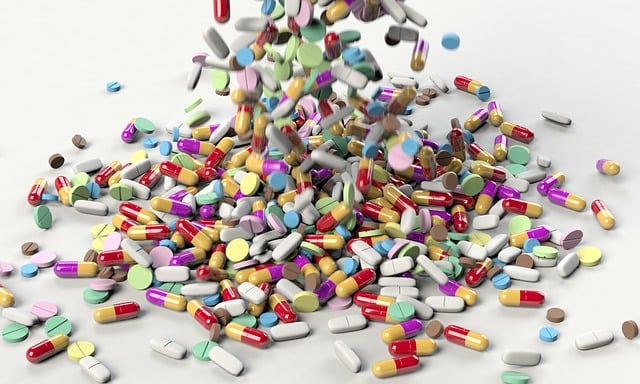
Welcome to mdcat1.com, where we provide valuable information, online MCQs & short notes on Drug Affecting The ANS.
The autonomic nervous system, which regulates a number of physiological processes including digestion, breathing, and heart rate, includes both the sympathetic and parasympathetic neural systems. Maintaining total health and wellness requires an understanding of how these two systems interact. We offer in-depth details on the sympathetic and parasympathetic nervous systems. At MDCAT1.com, including how they work, what they do to the body, and how to keep them in balance.
Learn about a wide range of carefully selected resources that will help you better grasp pharmacology and its complex relationship to the ANS. Our user-friendly layout makes studying accessible and interesting. Whether you’re a medical student looking to increase your knowledge or a healthcare worker trying to keep current on the most recent developments. We support a dynamic community of medical enthusiasts. At MDCAT1.com by offering a forum for knowledge exchange, research discussion, and the development of industry expertise. Keep up with the most recent innovations, trends, and discoveries in the field of ANS pharmacology.